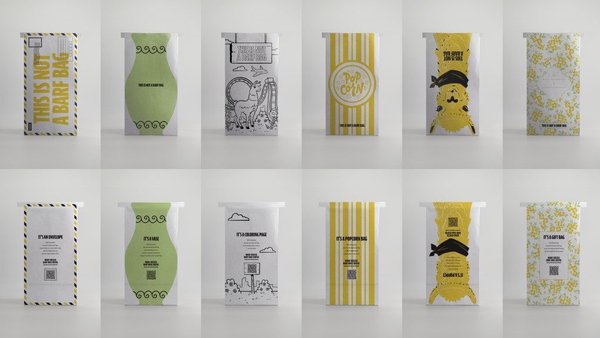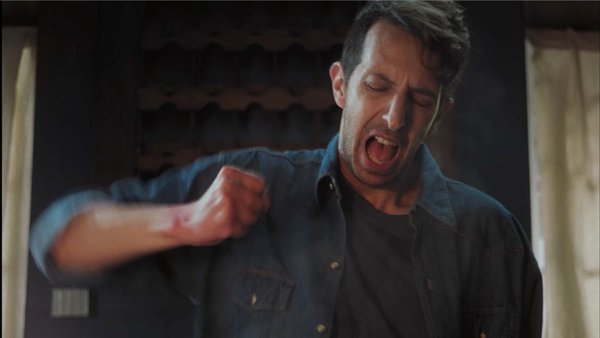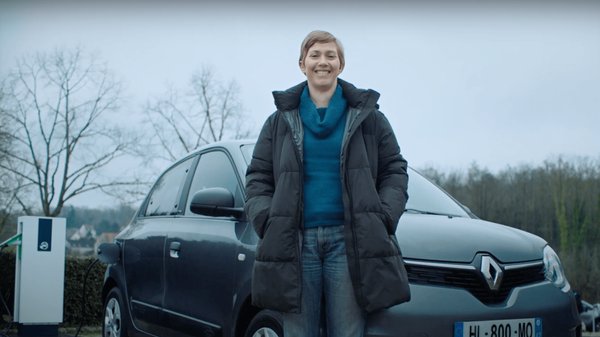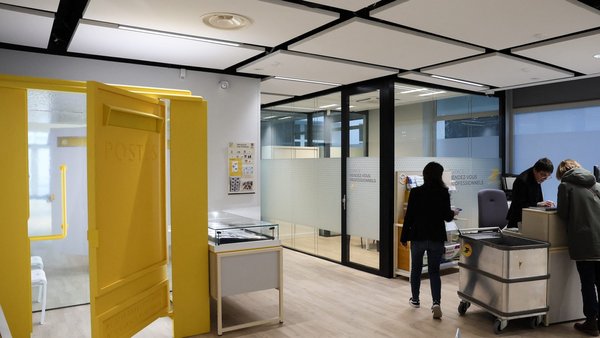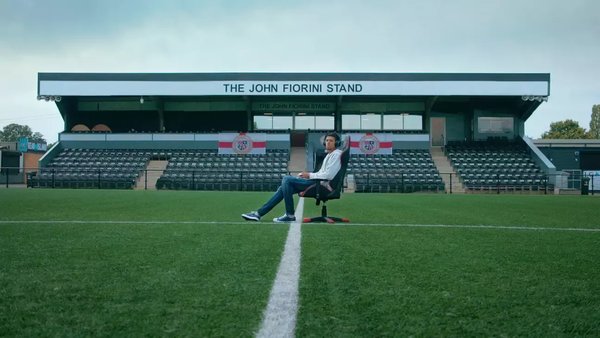Campaign of the Week
Law firm uses AI to bring refugees’ testimony to life /
Maurice Blackburn uses generative AI to visualise the horrors encountered by refugees in Australia's off-shore detention centres
Social justice law firm Maurice Blackburn has released powerful visual evidence of the experiences and suffering of asylum-seekers held in Australia’s offshore detention centres. However, as journalists and cameras are banned from these facilities, the imagery was created using generative AI to interpret witness statements detailing the inhumane conditions endured by those being held.
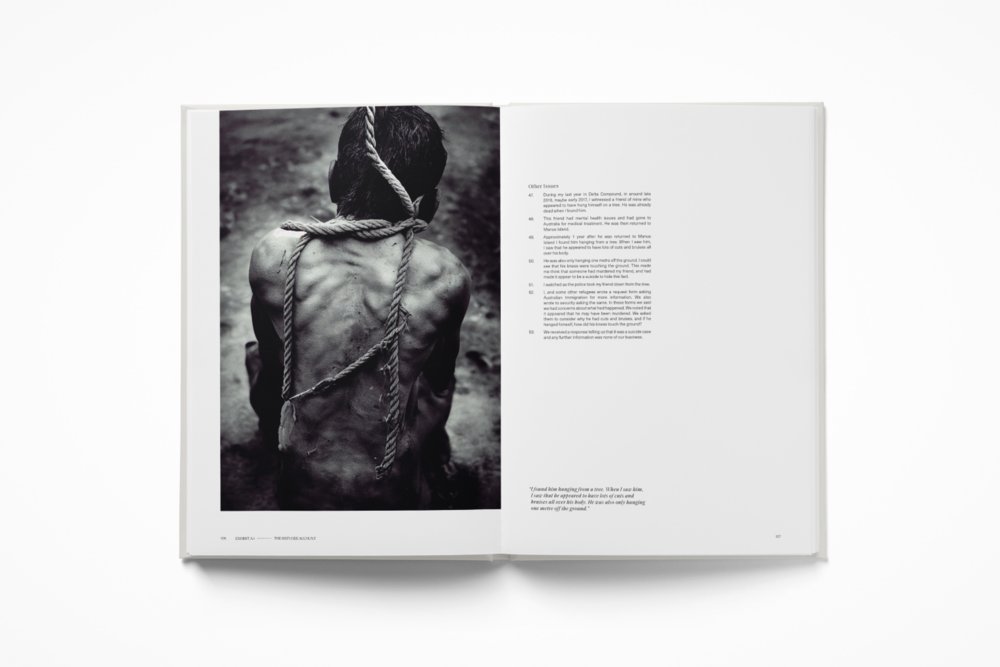
The project, called Exhibit A-i: The Refugee Account, aims to counter the ‘out of sight, out of mind’ effect that makes it easier to ignore a situation we cannot directly see.
Working with creative agency Howatson+Company, Sydney, more than 300 hours of interviews with former detainees have been distilled into a series of 32 individual accounts and 130 photorealistic images created AI technology. These visuals were then workshopped with survivors of the centres to ensure they gave an accurate reflection of what took place.
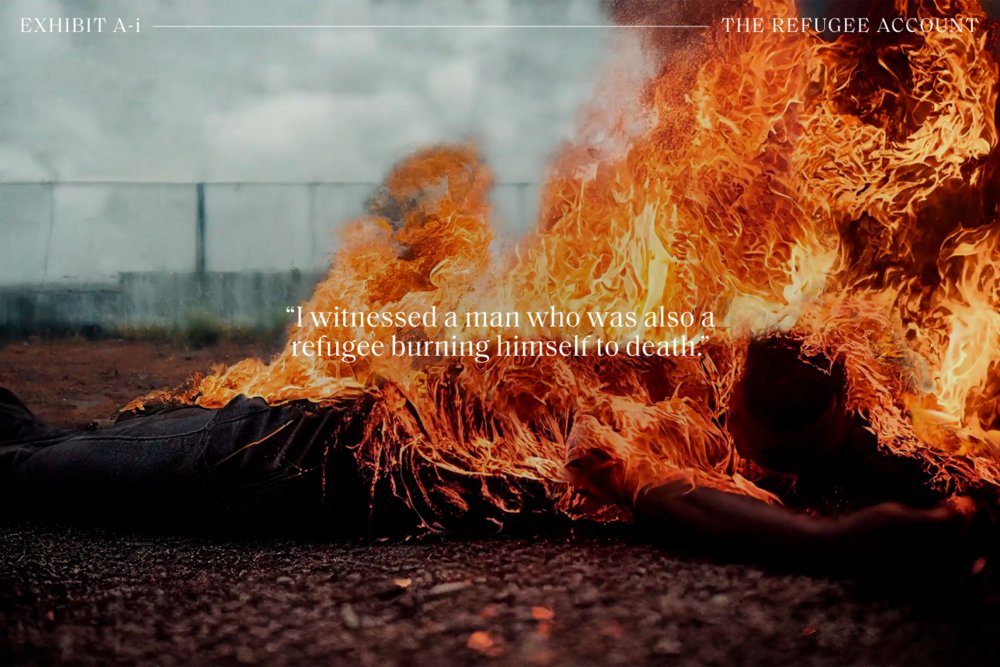
This body of evidence has been released to the public via a dedicated website, and further highlighted through an OOH and social media campaign. The images have also been uploaded to online image library Shutterstock where they sit alongside traditional photojournalism assets – reinforcing the idea that these AI-generated pictures are to be considered as documentary in nature.
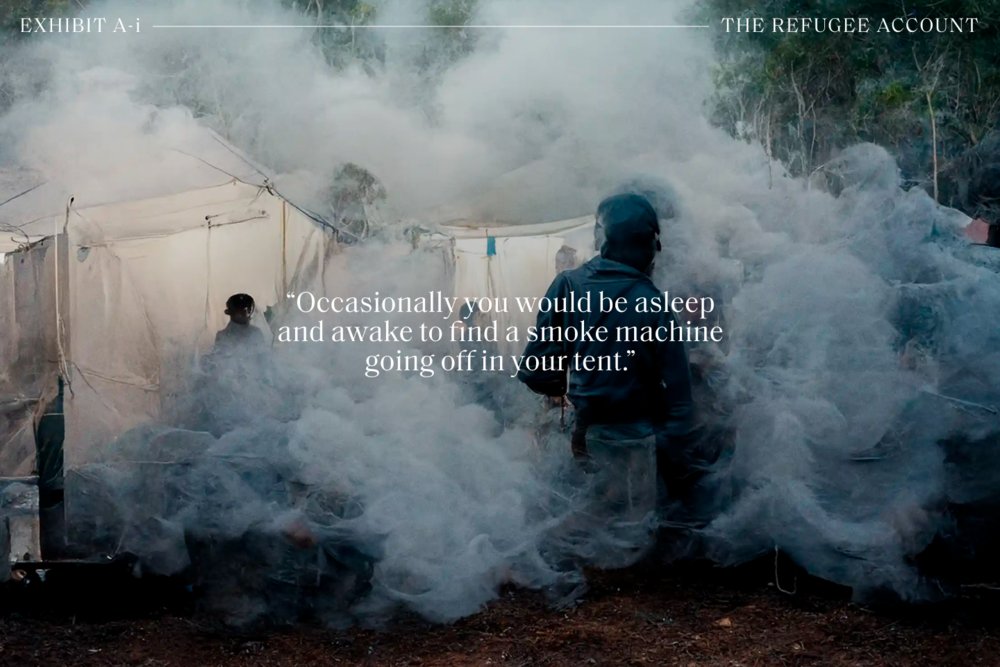
To further embody these once-intangible experiences, the images and statements have been collated and published as a book, as well as being displayed in an exhibition, curated by the artist James Dive, at Melbourne’s Immigration Museum.
The hours of interviewees were originally collected as part of a pro-bono class action law suit that had to be discontinued after a change in Australian law, but Maurice Blackburn’s clients wanted their stories to be told. The campaign, which was nearly a year in the making, officially launched on 4 April.
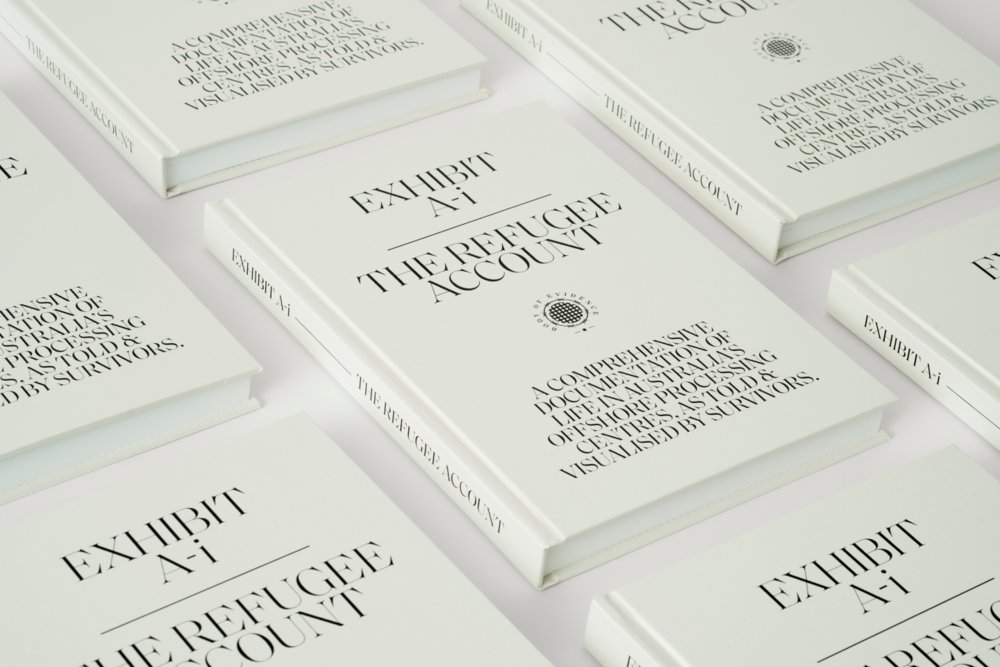
Results / According to the agency, the initiative received over $2.5m in earned media in one week and reached over 340 million people with over 300 pieces of coverage.
Maurice Blackburn presented Exhibit A-i to Australia’s Minister for Immigration and reports that the evidence is being used in meetings with key decision-makers within Australia's coalition government.
Contagious Insight /
From invisible to visible / As the saying goes, a picture is worth a thousand words, and that idea is at the heart of this project. The most powerful evidence in history is often visual, and the restricted access and ban on photography at Australia’s offshore detention centres ensures that the outside world sees very little of what goes on in them. While there is power in the first-person accounts of former detainees, understanding their power as prompts for generative AI software is a brilliant creative leap. Seeing is believing, and this innovative approach to creating imagery that brings this witness testimony to life could held change attitudes to the plight of these refugees.
Jennifer Kanis, principal lawyer at Maurice Blackburn who heads up the social justice practice, said: ‘These witness statements and images shine a light on a dark chapter of Australian history. They bear witness to the unimaginable inhumanity experienced by the women, men and children incarcerated over many years. Along with our clients, it's our hope that this collection of witness statements and the associated AI images serve as a permanent record and an urgent case for change to Australians and our government.’
Credible collaboration / When the stakes are this high, the utmost care has to be taken to ensure the final images are as close a representation as possible to what people actually experienced. To safeguard the credibility of the project Howatson+Company worked with photographer Mridula Amin, a three-time winner of the Walkley award for photojournalism. According to Amin, ‘I see this project as being supplementary to journalism, and it has opened an exciting door into new ways of visual storytelling, especially when real photography isn’t possible.’
AI with Purpose / Interest in generative AI has spiked over the last year as powerful new platforms like DALL-E 2 and Midjourney have been made widely accessible. Much of the initial experimentation has been playful and relatively inconsequential, but in this project, the power of this technology is perfectly suited to the difficulty faced by these refugees, helping them overcome a very real barrier to empathy and compassion for their plight.
Gavin Chimes, Executive Creative Director at Howatson+Company told us that rather than drive sign-ups to a petition their goal was to shift attitudes: ‘We aimed to change public perception of refugees and have as many people as possible engage with the humanity of their experiences. A humanity which is often lost in media reporting.’
It’s a brilliant reminder that this technology is not just a toy, while also being sufficiently far ahead of the curve to earn well-deserved attention for both its creativity and utility. And that using AI can help make us more human, not less.
For more on AI image generation and the implications and possibilities for marketers, read our trend report.
Want more of the same? /
We don’t just write about best-in-class campaigns, interviews and trends. Our Members also receive access to briefings, online training, webinars, live events and much more.

